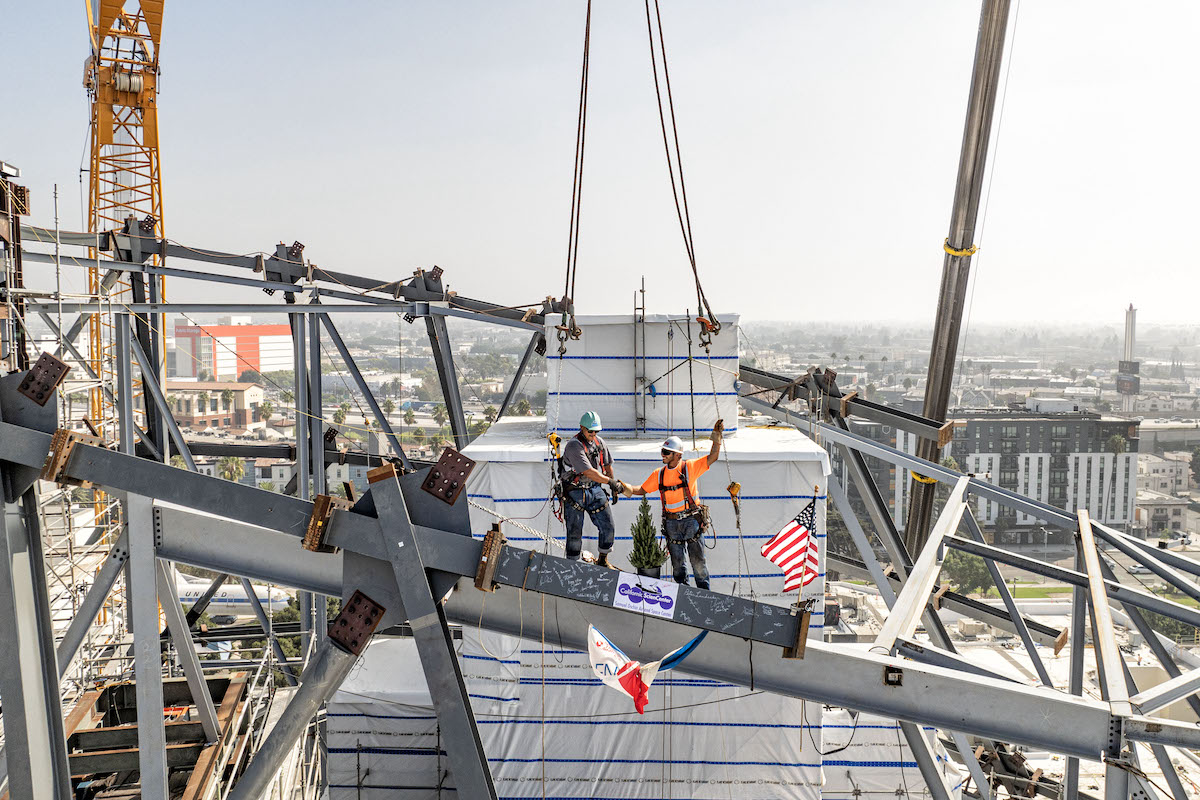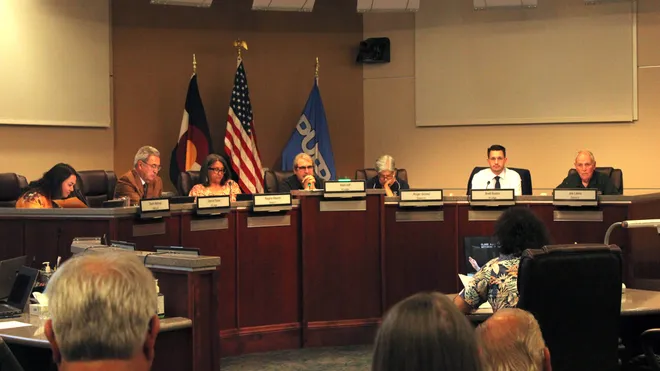Understanding the total number of homes in California is key to grasping the state’s housing challenges — from affordability to availability. As one of the most populous states in the U.S., California faces ongoing pressure to meet housing demand while managing land use, zoning laws, and environmental constraints.
Total Number of Homes in California (2025)
As of 2025, California is estimated to have approximately 14.7 million housing units. This includes single-family homes, apartments, condominiums, mobile homes, and other residential structures.
These numbers come from a combination of data sources, including the U.S. Census Bureau, California Department of Housing and Community Development (HCD), and housing research organizations.

Breakdown of Housing Units
- Owner-occupied homes: About 54% of all housing units
- Renter-occupied units: Approximately 42%
- Vacant homes: Around 4%, including second homes and properties for sale or rent
This distribution highlights a growing concern: while millions of homes exist, many are either unaffordable, out of reach for middle-class families, or not located where jobs are concentrated.

Annual New Home Construction
Each year, California adds roughly 80,000 to 100,000 new housing units, though this number fluctuates based on economic conditions, permitting delays, and policy changes. In 2024, the state approved about 95,000 new housing units, falling short of the annual goal of 100,000 set by housing advocates and lawmakers.
Efforts to streamline construction and encourage infill development continue to be a focus for local and state officials.

Housing Shortage in California
Despite the large number of homes, California still faces a significant housing shortage, estimated at over 3.5 million units when compared to historical building trends and population growth. This gap has contributed to high rents, overcrowding, and rising home prices.
The state continues to push for more housing through legislation like SB 10 and SB 9, which aim to increase density and allow for more duplexes and smaller lots in previously restricted areas.

Homeownership vs. Rental Trends
- Homeownership rate: About 55%, below the national average of 65%
- Median household income: Around $85,000
- Affordability index: Only about 30% of households can afford a median-priced home
These figures illustrate why many Californians remain renters or choose to move out of state in search of more affordable living options.

Conclusion
California is home to nearly 14.7 million housing units as of 2025, but that number falls short of what’s needed to meet demand. With a growing population and ongoing affordability issues, the state must continue pushing for innovative solutions to close the housing gap and ensure more residents can find stable, affordable places to live.
FAQs
Q: How many homes are there in California in 2025?
A: California has an estimated 14.7 million housing units, including owner-occupied homes, rentals, and vacant properties.
Q: How many new homes were built in California in 2024?
A: Approximately 95,000 new housing units were approved in 2024, slightly below the state’s target of 100,000 per year.
Q: Is California building enough homes to meet demand?
A: No — experts estimate a shortfall of over 3.5 million homes compared to projected needs, contributing to high costs and limited availability.

Join The Discussion